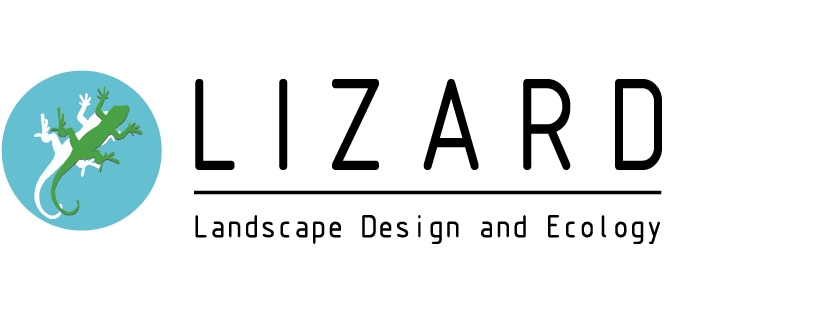What’s Included In An Ecological Impact Assessment?
An ecological impact assessment is considered necessary on all site developments, should one not be carried out, your potential development cannot go ahead. Without clear substantial evidence and detailed reports outlining the impact on the habitat proposed for development, the full impact on the environment and species that habitat the area will not be understood. This could have potentially catastrophic consequences on both the local and wider environment.
Let’s take a closer look at the key steps in an ecological impact assessment to understand the importance and necessity of carrying one out.
Scoping & Data Gathering
The initial stages of an EIA will focus primarily on scoping the given area, gathering as much data as possible on the environment. With an emphasis on the ecological constraints of the site, and scoping the area for potential habitats, the primary objective of this first stage is to discover which species of animal habitat the site and just how likely it is they will be affected by the ongoing construction work. If nothing is found during the initial appraisal, you will be able to continue with construction.
Value Assessment
To fully appreciate and understand the value of the site, additional surveys are usually required. Known as Phase 2 surveys, these often include botanical surveys, surveys for bats, reptiles, water voles, badgers and breeding birds. Observations can take several weeks and months to correctly determine the presence of species. Should further surveys be required, they could potentially start immediately, depending on the time of year. Due to the environmental impact, there are strict windows of time during which each survey can be undertaken, so we recommend you refer to the ecology survey calendar to familiarise yourself with the optimal periods of time for your survey.
Impact Assessment
Ensuring projects are sustainable and don’t have a damaging impact or detrimental effect on both our environment, an impact assessment will help aid the understanding of the major consequences proposed work could have on any given site, observing for any protected species or on-site habitats that cannot be interfered with.
Mitigation
If and when potential impacts have been identified, strict measures to mitigate, compensate or completely avoid said impacts will be recommended. These measures are in place to reduce, mitigate and compensate for any ecological impacts and should be developed in consultation with the client and the project team to ensure they are deliverable under the proposals. This process ordinarily includes trapping and relocating animals, constructing new habitats for them, or translocating them if the new conditions are suitable.
If you’re looking for landscape designers with a firm understanding of the ecological impact and how to work around it, you need Lizard Landscape Design. Established in 2001 in Worthing, West Sussex, we’re a chartered consultancy with a core focus on landscape design and ecological commissions for public sector education, property clients and development projects. Contact us today to learn more.


